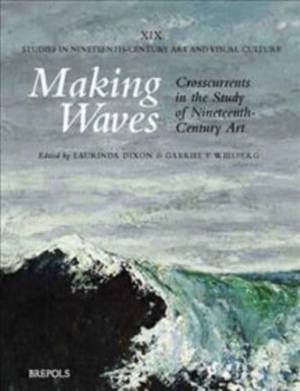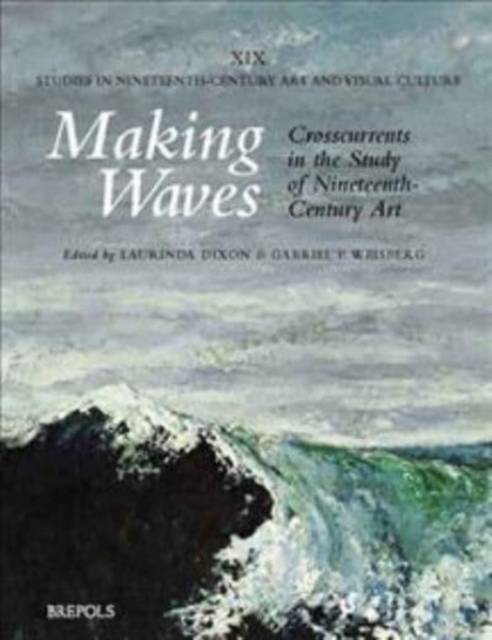
Door een staking bij bpost kan je online bestelling op dit moment iets langer onderweg zijn dan voorzien. Dringend iets nodig? Onze winkels ontvangen jou met open armen!
- Afhalen na 1 uur in een winkel met voorraad
- Gratis thuislevering in België vanaf € 30
- Ruim aanbod met 7 miljoen producten
Door een staking bij bpost kan je online bestelling op dit moment iets langer onderweg zijn dan voorzien. Dringend iets nodig? Onze winkels ontvangen jou met open armen!
- Afhalen na 1 uur in een winkel met voorraad
- Gratis thuislevering in België vanaf € 30
- Ruim aanbod met 7 miljoen producten
Zoeken
€ 132,50
+ 265 punten
Omschrijving
Making Waves: Crosscurrents in the Study of Nineteenth-Century Art honours the life work of Petra ten-Doesschate Chu, who continues to lead the field in the study of the art of the nineteenth century. The twenty-eight essays in this book are authored by some of her many friends, students, and colleagues, including seasoned academics and those at the beginning of their careers; museum professionals and private-sector arts administrators; and American, European, and Chinese scholars. Following Petra Chu's example, and avoiding opaque theoretical language and extended technical analysis, authors present original ideas, based primarily on the study of objects and their documented historical contexts. Though their methodologies are diverse, their purposes are clear and their language straight-forward. The essays thoughtfully and respectfully address the solid reality of the nineteenth century in all of its complex (and sometimes repugnant) sensibilities. They disrupt traditional art historical categories and methodologies, and highlight topics that have been long ignored and overlooked. Making Waves demonstrates, in no uncertain terms, that art historians still have much to say to each other and to their readers, and that nineteenth-century art has only begun to be explored in all its complexity and variety.
Specificaties
Betrokkenen
- Auteur(s):
- Uitgeverij:
Inhoud
- Aantal bladzijden:
- 277
- Taal:
- Engels
- Reeks:
Eigenschappen
- Productcode (EAN):
- 9782503584409
- Verschijningsdatum:
- 9/01/2020
- Uitvoering:
- Hardcover
- Formaat:
- Genaaid
- Afmetingen:
- 224 mm x 284 mm
- Gewicht:
- 1537 g

Alleen bij Standaard Boekhandel
+ 265 punten op je klantenkaart van Standaard Boekhandel
Beoordelingen
We publiceren alleen reviews die voldoen aan de voorwaarden voor reviews. Bekijk onze voorwaarden voor reviews.











